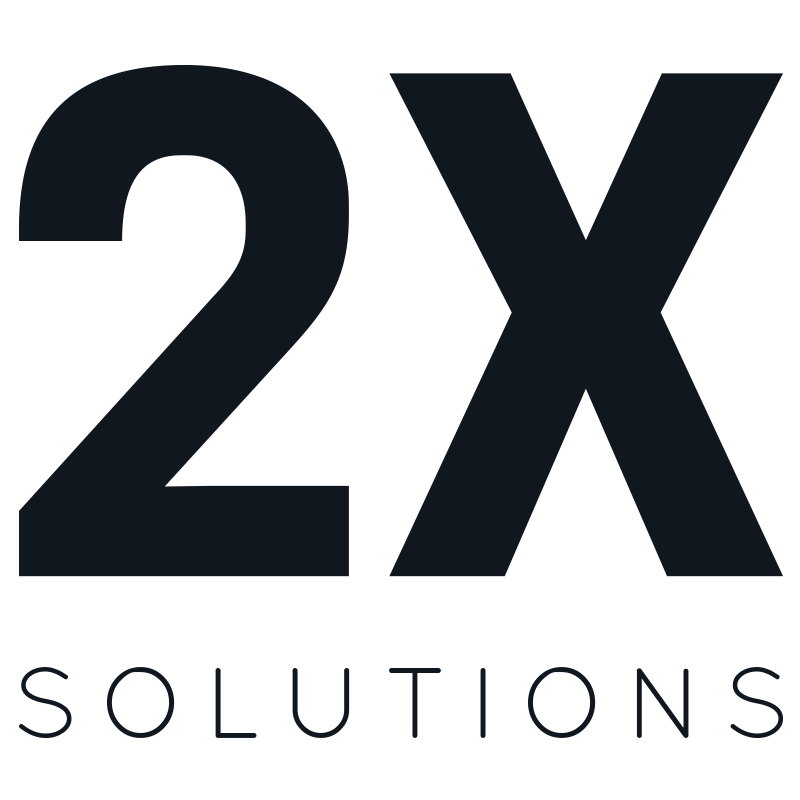If you’re on the lookout for new technologies that contribute to improved sales results, artificial intelligence is a good place to start. This is the ultimate technology when it comes to making businesses more efficient by handling tasks such as data collection.
You may already be using quite a few technologies with a bit of AI behind them, but adding voice AI can be a crucial step forward. It streamlines your daily business operations, reducing the amount of time key employees must spend on mundane tasks. They then can focus on increasing sales and generating more leads, improving growth.
Learning about the importance of voice AI in sales and marketing efficiencies allows your company to be on the cutting edge. Such technologies can make your organization more efficient and more successful. We’ll discuss steps to take for using voice AI in sales and marketing, including using the data it collects to streamline your processes.
Leveraging Voice AI for Lead Management
For your sales and marketing teams, collecting data to help with lead generation and qualification can be challenging. One of the best reasons to use voice AI is for its automation of data collection. Voice AI technology sorts the data and helps you focus on the most important items.
Voice AI is the process of how computers can understand human speech. Voice AI handles both spoken speech and written speech. It then can precisely interpret what the person is saying, using the context to generate a response that feels natural.
For voice AI lead management, having a natural interaction with the system could convince the potential sales lead to reach back out to you and start a conversation with a sales rep.
Using artificial intelligence in sales can automate lead capture and lead generation. However, if it feels and sounds robotic, the sales lead is likely to ignore it.
When you use voice AI to automate repetitive tasks like data collection, your sales and marketing teams have more time to make connections with their leads. More sales and better marketing should lead to business growth.
Personalizing Customer Interactions

Businesses can leverage voice AI to drive customer interactions. Voice AI relies on natural language processing (NLP) to accurately turn voice to text and back. It also uses AI processes like machine learning and automatic speech recognition to improve sales efficiency and marketing efficiency.
Voice AI also improves its performance by learning from past mistakes. When engaging in future interactions with that customer, it implements the techniques that led to successful outcomes in the past and doesn’t repeat past errors.
You can draw on past conversations with these leads through the use of voice AI, which makes the interaction seem as natural as possible. Voice AI understands the customer’s intent, which improves your chances of a successful transaction.
When your current customers are reaching out to your tech support or sales teams with questions, a voice AI system can help. The system can create personalized responses by drawing on past conversations. The customers don’t have to repeat past information.
Customers can find the answers they need at any time, all using language that sounds as natural as if they were speaking with a human. A customer doesn’t have to wait until normal business hours to find answers. Customers also can interact with the voice AI system in their preferred method, whether it’s over the phone, via text, or via chat.
The importance of using voice AI in sales and marketing efficiencies becomes clear quickly when your sales leads receive personalized attention and when you start seeing better sales.
Generating Advertising and Customer Interaction Strategies
Voice AI excels at collecting data and analyzing it. Targeted advertising is far easier when you have plenty of data available. Such data can reveal customer preferences and behaviors that are invaluable for generating marketing and advertising messages that resonate.
Voice AI measures customer interactions through any means that you use, whether it’s calls, text messages, social media posts, or another option. You can use voice AI to generate surveys to collect even more data about customer preferences.
The system then sorts through all that data for you, finding the key items you can use, which generates additional voice AI sales and marketing efficiencies.
Personalized advertising efforts are easier when using voice AI, too. Voice AI’s ability to track and sort through large amounts of data reveals customer preferences.
You then can generate marketing that speaks to an individual customer. When your interactions have a personalized touch, customers are far more likely to respond to them.
You don’t have to spend dozens of hours developing personalized advertising campaigns. Voice AI does a lot of the legwork for you, leaving your marketing team to focus on being creative.
Ensuring Compliance and Quality Assurance With Voice AI
If you work in an industry where regulations affect how your sales and marketing teams can interact with customers, monitoring becomes a huge task. Voice AI can automate the monitoring processes, ensuring your team is following the rules and regulations.
Additionally, you can use voice AI to ensure your sales and marketing team is following your business’ quality standards. Rather than having a human monitor a few interactions for quality assurance, Voice AI can monitor them all. It then flags any problems for review, improving efficiency tremendously.
Because voice AI can understand both spoken and written language, you can trust it to help with any kind of compliance and quality assurance issues.
Measuring ROI With Voice AI

Although voice AI can give your business quite a few benefits, you need to be able to justify its use with hard numbers. You can use key performance indicators (KPIs) to measure the results of using voice AI in sales and marketing efficiencies.
Measuring your return on investment (ROI) with voice AI helps you figure out where to make adjustments to the processes. The data generation capabilities found with voice AI ensure that you have the information you need to accurately measure ROI. You can use the data to be as specific or general as you want with your ROI measurements.
While you are measuring ROI, your sales team will see the results almost immediately. When they are spending less time on tasks like data entry, scheduling, and other issues, they have more time to speak with sales leads and to build relationships. This strategy will almost certainly lead to more deals closed and accelerated revenue.
Implementing Voice AI Strategies: Your Checklist
When you’re ready to deploy voice AI in sales and marketing efficiencies, you can take multiple steps.
- Define objectives and metrics: Determine what you want the voice AI program to accomplish for your business. Figure out which metrics you plan to use to measure whether you’re moving toward these objectives.
- Set up use cases: Figure out some specific use cases where you’d like to use voice AI. Having real-world examples, often sourced from your sales and marketing teams, makes it easier to construct the program to fit your needs.
- Choose the format: Choose which formats you want to use with your voice AI configuration. Be certain you understand the technology and hardware requirements for each format and include such items in your budget for the project.
- Build the process: Set up the software and voice AI processes that will do the work. Always keep data protection in mind. Try to keep the complexity of the design as low as possible, as you want to keep training to a minimum for your team.
- Test the process: Allow your sales and marketing teams to test the processes you have in place. Then make adjustments to better move toward your goals.
- Implement the plan: Once you believe it’s ready, implement the voice AI program for your sales and marketing teams. Take measurements based on the metrics you want to use.
Be ready to make further tweaks to the process as you go along, implementing feedback. Ideally, you’ll spark growth in the business with your use of voice AI, so you should have plans for scaling the program, too.
Developing Voice AI in Sales & Marketing Efficiencies

Voice AI is a technology that can yield multiple benefits for your business. You can use it to generate leads, personalize your customer engagements, drive advertising decisions, and ensure compliance with your quality standards. It even helps you measure the success rate of your actions.
As your sales and marketing teams know all too well, it’s competitive out there. New technologies can give your business an edge, as long as you select the right ones.
Understanding the importance of voice AI in sales and marketing efficiencies is a good place to start. Markets and Markets estimates the conversational AI market will increase from $13.2 billion today to almost four times that amount by the end of the decade. In other words, many businesses are ready to deploy this technology, including your competitors.
To improve your growth and efficiency prospects, reach out to 2X Solutions today. Our experts are ready to help with leveraging voice AI the right way in your business.






